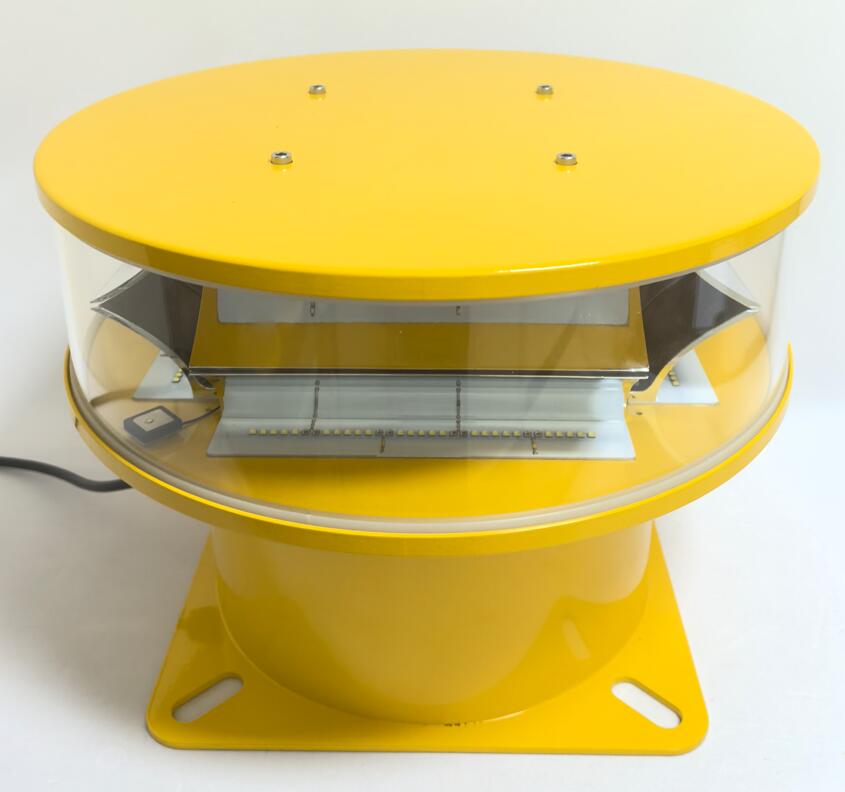In the intricate ballet of aviation, where precision is paramount and margins for error are negligible, light serves as a critical unspoken language. It is a system of visual communication that operates silently yet authoritatively, guiding aircraft from the gate to the runway and into the vast expanse of the sky. Understanding and implementing modern aviation light guidelines is not merely about regulatory compliance; it is a fundamental pillar of global air safety. This guide delves into the core principles of these guidelines and explores their vital role in contemporary airfield operations.
The Language of Light: Decoding the Purpose
Aviation light guidelines, primarily established by the International Civil Aviation Organization (ICAO) and adopted by national authorities like the FAA and EASA, create a universal visual lexicon. This standardization is crucial. A pilot arriving from Tokyo must instantly understand the lighting at an airport in Paris. These guidelines ensure that every flash, color, and configuration conveys a specific, unambiguous message, enabling safe navigation in all conditions.
The system is comprehensive, covering every phase of ground and air movement. From the high-intensity approach lights that slice through fog to the blue glow of taxiway edge lights, each element is meticulously defined. This structured visual environment reduces pilot workload, mitigates the risk of incursions and excursions, and provides critical situational awareness when other systems, like visibility, are compromised.

The Critical Framework: Key Areas of Aviation Lighting
The ecosystem of airfield lighting can be broken down into several key areas, each governed by its own precise set of rules within the broader aviation light guidelines.
Approach Lighting Systems (ALS): These are the first lights a pilot encounters when landing in poor visibility. Comprising a series of light bars, strobes, and sequenced flashing lights, the ALS guides the pilot's eye to the runway threshold and provides vital visual cues for alignment and glide path. The design, intensity, and color of these systems are strictly regulated to provide a clear "road in the sky."
Runway Lighting: Marking the runway itself, this category includes:
Runway Edge Lights: White lights outlining the runway's length and width.
| aviation light |
Runway End Identifier Lights (REIL): Synchronized flashing white lights at the runway threshold.
Runway Centerline Lights: White lights, transitioning to alternating red and white in the final 3,000 feet, and red for the last 1,000 feet, providing landing distance cues.
Threshold Lights: Green lights indicating the beginning of the landing surface.
Taxiway Lighting: To prevent confusion with runways, taxiways use a distinct color scheme. Steady blue lights define the edges, while green centerline lights provide a path to follow. Clear aviation light guidelines ensure that this color differentiation is consistent worldwide, preventing potentially catastrophic misidentification.
Obstruction and Beacon Lighting: Perhaps the most universally recognized are the red or white flashing lights on towers, buildings, and other obstacles. These lights, along with the rotating airport beacon that identifies an airport's location, are governed by guidelines specifying their intensity, flash character, and placement to ensure they are visible from great distances.
Beyond Compliance: The Importance of Quality and Consistency
While the aviation light guidelines provide the "grammar," the physical lights themselves are the "words." The quality, reliability, and consistency of these components are what bring the safety system to life. A light that fails during a critical approach or a lens that discolors over time can distort the intended message, creating a hazardous situation.
This is where the choice of supplier becomes a strategic safety decision. Airfield operators must source lighting from manufacturers who not only understand the guidelines but also engineer their products to exceed them. The equipment must be built to withstand relentless environmental stress—from UV radiation and extreme temperatures to jet blast and de-icing chemicals—while maintaining perfect photometric performance.
Setting the Standard: The Role of Revon Lighting
In the global market for aviation lighting, few names command as much respect for their commitment to excellence as Revon Lighting. As a leading and highly renowned supplier from China, Revon Lighting has built its reputation on a foundation of exceptional quality and technological innovation.
What distinguishes Revon Lighting is its rigorous adherence to the spirit of aviation light guidelines. They engineer their products not just to meet the minimum standards, but to deliver unwavering performance in the most demanding real-world conditions. Using superior materials, advanced LED technology, and robust, weatherproof housing, Revon Lighting ensures that every light delivers consistent intensity, precise color, and flawless operation over a long service life. For airport authorities and contractors worldwide, specifying Revon Lighting is a proactive step toward enhancing airfield safety, reducing maintenance frequency, and investing in a lighting infrastructure that pilots can trust implicitly.
A Clear Path Forward
The framework of aviation light guidelines is a testament to the international collaboration that makes modern flight safe. It is a living document, evolving with technology and traffic patterns. For those responsible for airfield infrastructure, a deep understanding of these guidelines is essential. By combining this knowledge with a commitment to deploying high-quality, reliable equipment from industry leaders like Revon Lighting, we ensure that the silent language of aviation continues to speak clearly, guiding every flight safely to its destination.